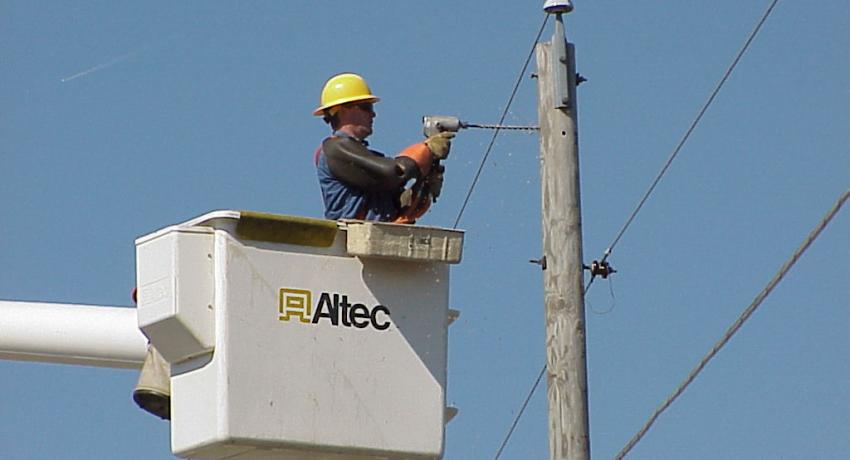When a storm brings widespread power outages to your area, please be patient as your electric cooperative prioritizes repairs and methodically works to restore service. Priority goes to the lines that will get the most consumers back in service the quickest.
Priority 1: Transmission lines
These high voltage lines carry electricity from generating plants to substations (or between substations). They are supported by the tall towers, usually of steel lattice framing or sometimes tall wooden poles in an “H” or “M” configuration, carrying multiple lines. Since tens of thousands of people may be served by one transmission line, damage here needs to be taken care of first.
Priority 2: Substations
These electrical facilities contain equipment that switches or regulates the voltage of electricity. They lower the voltage from the transmission lines so the electricity can be transmitted through the distribution lines. If problems are taken care of at the substation, power to a large number of people can be restored.
Priority 3: Main distribution lines
You see these along roadways. They carry electricity from the substations to groups of consumers, like towns or housing developments. When power is restored here, all consumers from this supply line will see their power come on unless there is a problem farther down the line.
Priority 4: Tap lines
These are electric feeder lines running from the main distribution line to utility poles and underground transformers outside houses or buildings. They serve a small number of consumers.
Priority 5: Individual service
These lines run from the transformer to the individual consumer’s electric meter.
- Log in to post comments



